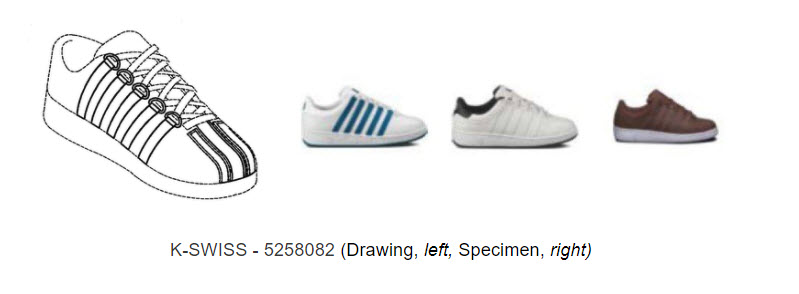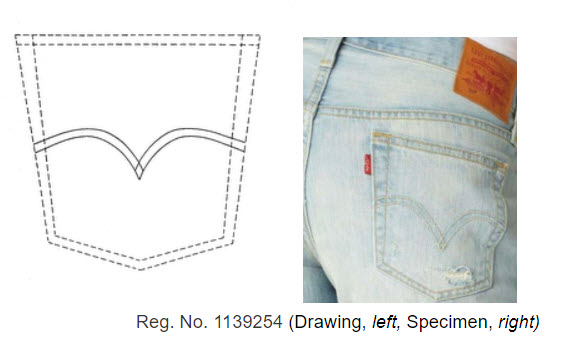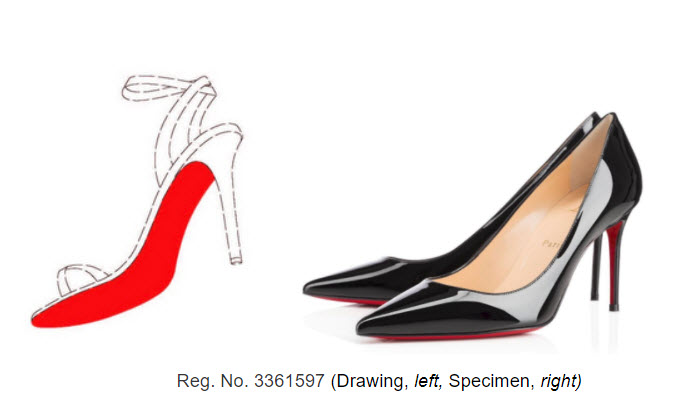‘Trade Dress’ed: Can You Protect Clothing Design Elements Through Trademark Law?

When you think of a clothing line, most people think of the name on the tag or neckline, or maybe a symbol or logo. These words, phrases, and symbols are powerful identifiers of a company’s brand and act as a stand-in for everything a consumer feels about a product, all in one trademark.
QUESTIONS ABOUT CLOTHING TRADEMARKS?
Clothing trademarks can be tricky. Our attorneys offer free consultations on clothing trademarks and trade dress matters.
For example, when you see ADIDAS, you likely think “sporty” and “trendy.” When you see BROOKS BROTHERS you likely think “established” and “traditional.” When you see FOREVER 21 you likely think “fast fashion” and “inexpensive.” These brand names are extremely valuable, and a strong brand name, or trademark is essential for a long-lasting clothing company.
But trademarks are not just limited to words and phrases – sounds can be trademarks (think Homer Simpson’s immediately-recognizable “DOH!”); motions can be trademarks (think a Lamborghini’s iconic vertical-door-opening motion). Almost anything that stands in for the quality and good-will of a company can be protected under trademark law.
So what about clothing designs? Many companies have tried to establish trademark rights in their unique design elements, called trade dress, but only a few have succeeded. It takes time, ingenuity, and a significant amount of exposure to obtain rights in something like a pocket-stitch design. But it can be, and has been, done.

We will look at some companies who have successfully protected their apparel design elements. But first, a major rule:
Functional features of clothing cannot be protected under trademark law. Ever.
Functional matter cannot be protected as a trademark. As the Supreme Court stated in TrafFix Devices, Inc. v. Mktg. Displays, Inc., a feature is functional as a matter of law if it is “‘essential to the use or purpose of the [product]’” or “‘it affects the cost or quality of the [product].’”
No matter how much you promote your neon yellow track jacket, if neon yellow serves to increase visibility, it cannot be protected. No matter how unique the shape of your belt is, if its purpose is to hold up pants, the shape of the belt cannot be protected (the style elements of a belt buckle, however, could, but not the functionality of that buckle.)
Examples of federal trademark registrations for clothing trade dress
Levi Strauss & Co. have at least two design features that are in the middle of trademark infringement litigation. The first is with the red Levi’s tab that’s located on the back pocket of their denim jeans. In April of this year, they filed an infringement lawsuit against French fashion brand Kenzo in regards to the latter’s new collection that bears a similar tab on their clothes. They also were involved in a lawsuit filed against two Chinese companies that centered around the curved stitching design on the back pocket of jeans last year.

Another company to have an iconic look is Christian Louboutin’s red-soled shoes. The designer has the featured protected in the US. However, his EU trademark may be invalidated since a court advisor recently ruled that the mark protects only the shape and not necessarily the color.

Meanwhile, Burberry threw their name into the game when they gained protection for their plaid designs on a variety of products. Consequently, they too enforced their trademark rights by filing suit against J.C. Penney, Co. in February 2016 over their design – the case was withdrawn a couple months later.
How do you protect clothing trade dress?
The key to protecting a design feature on clothing is something called distinctiveness. It means that when consumers see the feature, that they believe that it comes from only one company, or “source.” In other words, if the relevant consumer saw the back pocket on a pair of Levi’s, the legal question is whether that consumer would believe that the stitch pattern was exclusive to one company, or whether it was merely an ornamental design used because it looks nice.
Levi’s, like almost every clothing trade dress, started as an ornamental design, but over the years, the trade dress acquired distinctiveness through the massive success and recognition of Levi’s products.
Proving acquired distinctiveness is not easy – the more common a design, the more difficult it will be to prove acquired distinctiveness. However, some items that help show acquired distinctiveness are:
- Length of use – the longer you use it, the more likely consumers are to associate the design element with one company
- Sales information – extensive sales are important to showing the penetration of the brand in the marketplace
- Advertising – Extensive advertising is essential for protecting clothing trade dress
- Consumer recognition surveys – some of the most valuable evidence is a survey of likely consumers to see if the mark is distinctive. Survey evidence is powerful, but extremely expensive (>$40,000 in most cases)
- Unsolicited media – Reviews, check-ins, news articles mentioning or showing the design element.
- Anything else that ties the design to a single company

While brand names are often the most important trademark asset a clothing company has, trade dress can help set successful brands apart from their competitors. When consumers can recognize a product manufacturer without even seeing the name then that company may be able to protect that look under trademark law. However, there are many pitfalls and it takes deliberate planning to protect (and register) trade dress – an experienced attorney can help you avoid common mistake and plan for the future.
Do you need assistance with a trademark matter?
Contact an Attorney Today